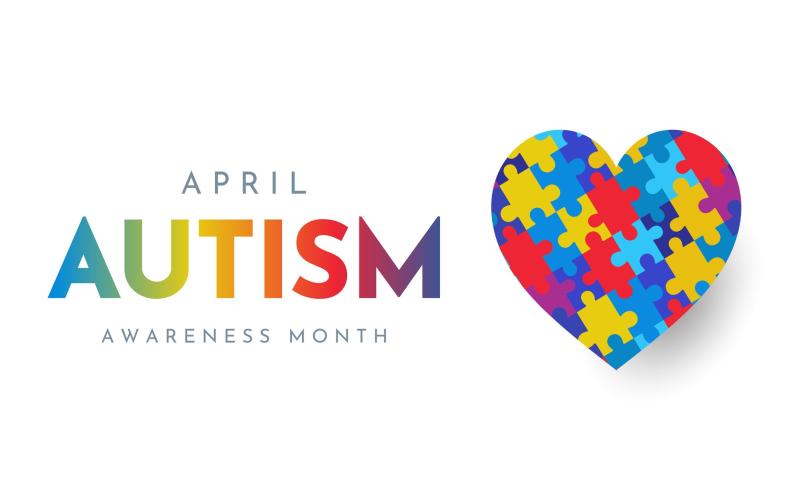
This April as the world celebrates Autism Awareness and Acceptance Month, we would like to take the opportunity to share some guidance on how you can assist someone who has autism during an emergency. Remember, people with autism cannot be identified by appearance. They look the same as anyone else. They are identified by their behavior.
Accidents, medical emergencies, and other emergency situations are stressful for everyone. For people with autism, the trauma of the situation can be overwhelming.
Here are some things to keep in mind:
- Speak in short clear phrases “Get in.” “Sit Down.” “Wait here.” People with autism may take longer to respond to directives, and that can be because they don't understand what's being demanded of them, or even just because they're scared. They may not be able to process the language and understand a directive when fearful.
- Some people with autism do not have a typical range of sensations and may not feel the cold, heat, or pain in a typical manner. In fact, they may fail to acknowledge pain in spite of significant pathology being present. They may show an unusual pain response that could include laughter, humming, singing and removing of clothing.
- Adults with autism are just as likely to hide, like children, in a fire or earthquake situations.
- After being rescued, people with autism run the risk of wandering or bolting. Someone must stay with the person with autism until they can be paired up with a caregiver.
- If checking for injuries, move slowly. Explain what you plan to do in advance and as you do it.
- If you have to evacuate the area, explain where you are going and what they may see and who might be there. This may avert unnecessary anxiety and/or outbursts.
Should you wish to learn more, or want to get involved, there are multiple resources online.

